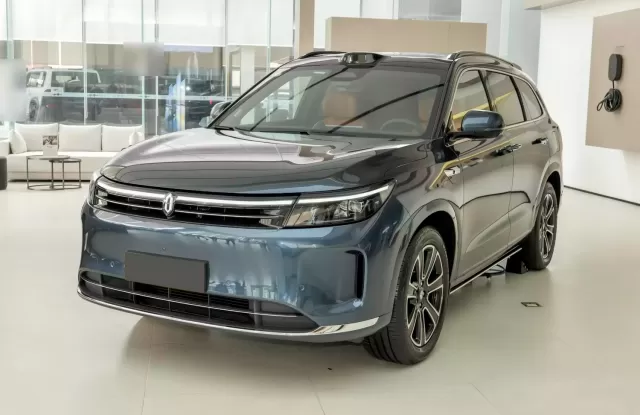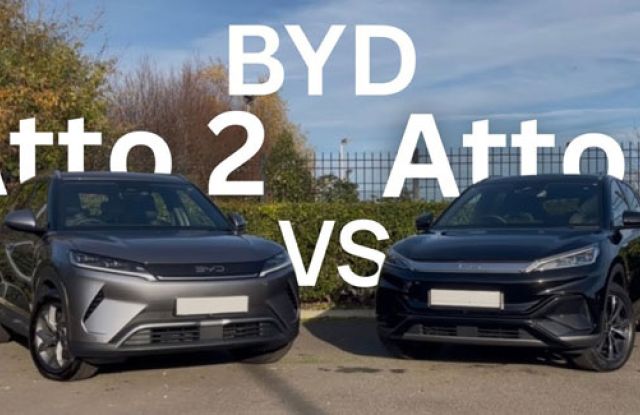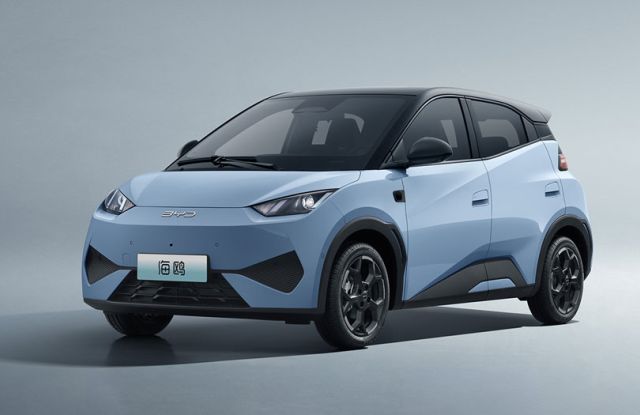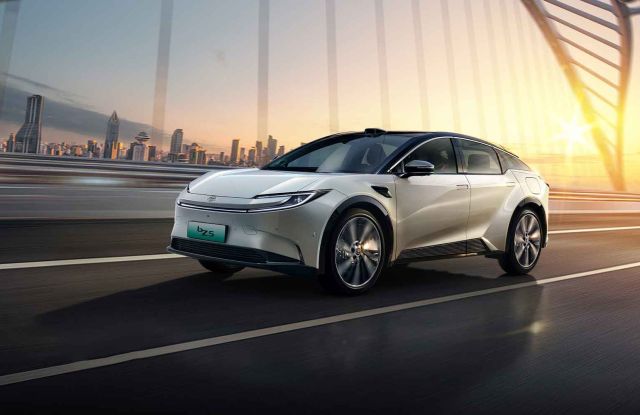- 01 Price Positioning: Affordable vs. Premium
- 02 Features and Functions: Minimalist vs. Abundant
- 03 Performance and Energy Efficiency: Efficiency vs. Balance
- 04 Autonomous Driving: Global Algorithm vs. Localized Optimization
- 05 After-Sales Service and Operating Costs: Global Network vs. Local Convenience
- 06 Global Market Performance: The Rapid Rise of Latecomers
- 07 Conclusion
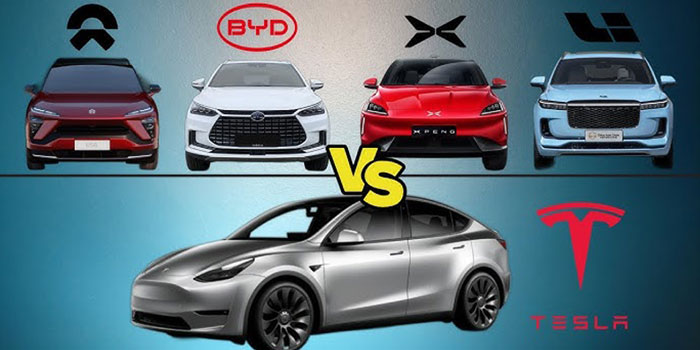
When it comes to electric cars, Tesla has long been the default choice for many consumers. However, in recent years, Chinese electric car manufacturers have made significant progress, offering highly competitive alternatives.
If you are in the market for a new electric vehicle, you might be wondering: Which offers better value for money, Chinese electric cars or Tesla cars?
The answer is not straightforward, as it depends on what you value most. This article will provide an in-depth analysis of these two options to help you make an informed decision.
01 Price Positioning: Affordable vs. Premium
In terms of pricing, Chinese electric cars demonstrate a clear advantage. According to data from market research firm JATO Dynamics, as of the first quarter of 2025, the average selling price of a battery electric vehicle (BEV) in China was $25,465, which is even about 3% lower than that of internal combustion engine (ICE) vehicles.
This price advantage is the result of years of industrial policy support, mass production, and intense competition.
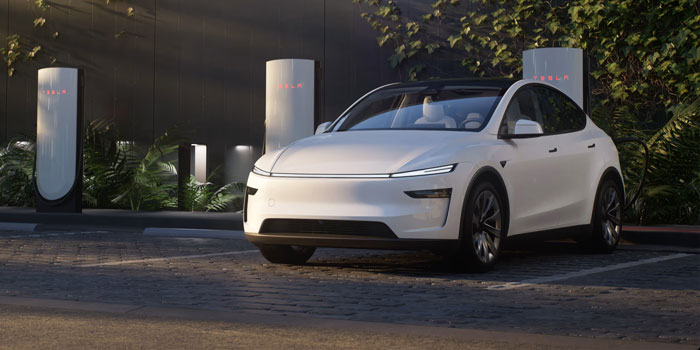
In contrast, Tesla cars are positioned at a significantly higher price point. Although Tesla plans to launch a lower-priced Model Y variant, codenamed “E41,” to compete in the 200,000 yuan price range, its starting price still remains above $30,000.
Specifically, the Tesla Model 3 Long Range version starts at $44,130 in the US market (the effective price can drop to $36,630 after the federal tax credit).
The Model Y Standard is priced at €39,990 in the European market (approximately $42,500).
Chinese brands like BYD and Leapmotor offer various competing models in the 200,000-250,000 yuan (approximately $28,000-$35,000) price range, giving Chinese electric cars a distinct advantage in terms of affordability.
02 Features and Functions: Minimalist vs. Abundant
When comparing the configurations of Tesla cars and Chinese electric cars, you’ll find they represent two different philosophies.
Tesla adheres to a minimalist approach, especially in its lower-priced models. For example, the Model Y Standard variant removes the panoramic glass roof, rear touchscreen, and changes the seat material from leather to fabric.
This minimalist approach extends to its interior design, making extensive use of fabric trim and reducing the number of speakers to seven.
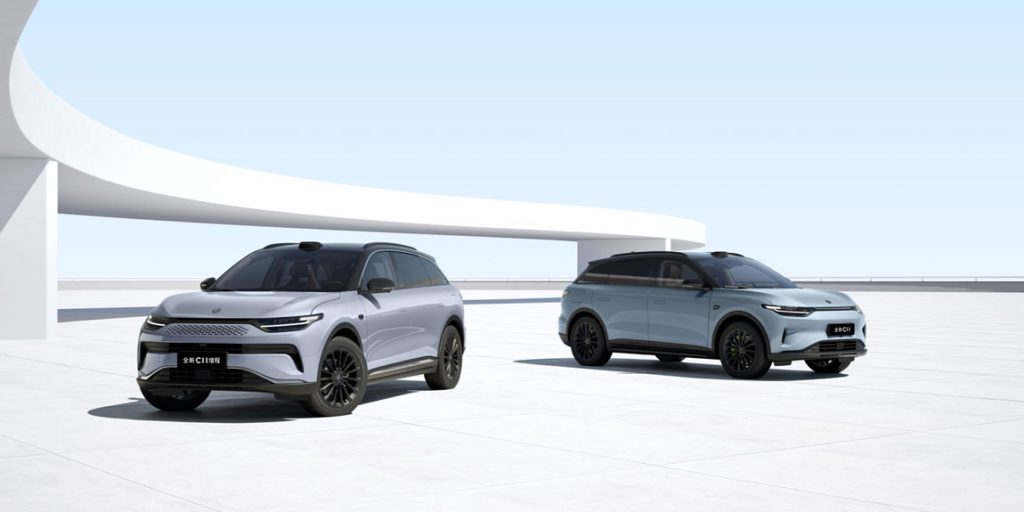
In contrast, Chinese EV brands tend to offer more generous standard features. Take the Leapmotor C11, positioned around the $20,000 level, which comes standard with NAP high-speed intelligent navigation assist, APA automatic parking, and other advanced driving assistance features.
A triple-screen setup (10.25-inch instrument cluster + 14.6-inch central control screen + 10.25-inch co-pilot entertainment screen) coupled with the Qualcomm Snapdragon 8295P chip provides an advanced smart experience.
Chinese models also excel in comfort features. They generally offer leather seats, power-adjustable driver’s seats, and heating functions. Some models, like the BYD Song PLUS EV, even include seat ventilation – features often missing from lower-priced Tesla cars.
03 Performance and Energy Efficiency: Efficiency vs. Balance
Both sides have their strengths in terms of performance. Tesla maintains a leading position in core three-electric technology, particularly excelling in energy efficiency management.
Tesla’s Battery Management System (BMS) can control the temperature difference within the battery pack to within ±2°C, which helps extend battery life and improve safety.
In comparison, some Chinese cars for sale still have room for improvement in their BMS, with temperature differentials generally around ±5°C.
This technological difference directly impacts real-world performance. For instance, the Model Y E41 retains Tesla’s technical advantages, with no compromises on key configurations like the battery, powertrain, and chassis suspension.
It uses the same dual-motor system as the Model Y, with a combined power of 340kW, a 0-100 km/h acceleration time of approximately 5 seconds, and an estimated CLTC range of over 600km.
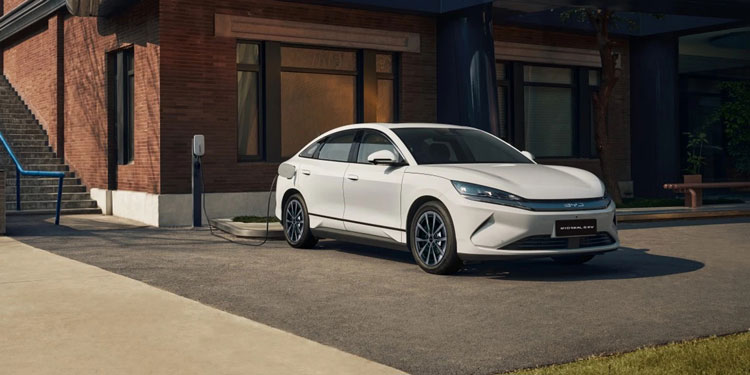
Tesla’s energy consumption is equally impressive, with a power consumption of 12.8 kWh/100km, which is considered excellent even among domestic models.
However, the speed at which Chinese electric cars are catching up in performance is remarkable. The BYD Seal EV, equipped with Blade Battery and an eight-in-one electric drive system, achieves a range of over 700km and a 0-100 km/h acceleration time of 4.9 seconds.
Notably, Chinese brands also excel in performance balance. For example, the Leapmotor C11 has a longer wheelbase (2930mm) and more spacious interior, while also improving ride comfort through a fully independent suspension, achieving a better balance of space, comfort, and performance.
04 Autonomous Driving: Global Algorithm vs. Localized Optimization
Autonomous driving is a key area of competition in the electric vehicle sector, and Tesla and Chinese brands have adopted different technical routes.
Tesla’s Full Self-Driving (FSD) system relies on global data training and leads in safety in testing. Its autonomous driving system leverages the billions of kilometers of real-road data generated daily by its global fleet, creating a “snowball effect” that provides advantages in decision-making accuracy and iteration speed.
However, Tesla’s advanced FSD still requires an additional subscription fee, which increases the total cost of ownership.
In contrast, Chinese EV brands show advantages in localized autonomous driving. For instance, the AITO M9 performs excellently in localized intelligent driving.
Chinese automakers like XPeng and NIO have also increased their R&D investment, making significant progress in the field of intelligent driving.
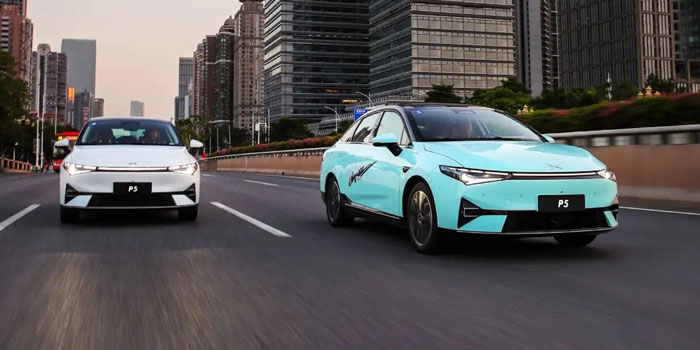
XPeng’s Navigation Guided Pilot (NGP) system can already enable intelligent navigation-assisted driving on highways.
More importantly, many Chinese models have made LiDAR and advanced autonomous driving systems standard or standard in mid-to-high-end variants.
05 After-Sales Service and Operating Costs: Global Network vs. Local Convenience
In terms of service network coverage, Tesla faces some imbalance in its development across global markets. Although Tesla plans to launch lower-priced models to enter broader markets, Tesla’s service centers are still mainly concentrated in first- and second-tier cities.
For users in third- and fourth-tier cities, repairs might require long-distance travel, which adds to the inconvenience of use.
Furthermore, high battery repair costs are another concern for Tesla owners, as its closed supply chain leads to generally higher parts prices and labor costs compared to domestic brands.
In contrast, Chinese brands have built a more comprehensive service system by leveraging their local advantages. Brands like BYD and Geely have service outlets that extend to county-level cities.
Even in third- and fourth-tier cities, it is easy to find service stations, improving service convenience.
Chinese companies have a higher localization rate in parts supply, with faster supply chain response times and generally shorter repair wait times.
More importantly, Chinese automakers offer more competitive warranty policies for core components like batteries, such as BYD’s battery lifetime warranty and NIO’s battery rental service, which effectively reduce users’ concerns.
06 Global Market Performance: The Rapid Rise of Latecomers
Chinese electric cars are not only performing well in the local market but have also made significant progress globally. From January to September 2025, total Chinese automobile exports reached 5.71 million units, a year-on-year increase of 21%.
Among them, new energy vehicle exports were 2.32 million units, a year-on-year increase of 52%, demonstrating the competitiveness of Chinese electric cars in the global market.
In terms of export destinations, Chinese EVs are blossoming across the globe, forming a diversified market pattern. Europe is a core region for Chinese EV exports.
From January to September 2025, Belgium became the top destination for Chinese new energy vehicle exports with 223,532 units, followed closely by the UK with 153,265 units.
The Middle East market has emerged as one of the fastest-growing regions. The UAE imported 92,784 Chinese new energy vehicles in the first three quarters of this year, a year-on-year increase of 70%.
The Southeast Asian market is also strong, with the Philippines importing 153,386 Chinese new energy vehicles in the first three quarters.
Chinese brands demonstrate flexibility in their internationalization strategies. For example, Geely launched its pure electric model, the Geely International EX5 (the international version of the Galaxy E5), in the UK market, priced at £31,990 (approximately $42,000).
It is worth noting that this pricing gives it a certain level of competitiveness in the UK market, with a starting price lower than the BYD ATTO 3 and Tesla Model 3 in the same segment.
07 Conclusion
If you value brand prestige, long-term reliability, and stable range performance the most, investing in a Tesla might be worthwhile. This is especially true if basic performance and driving experience are your top priorities.
However, if you seek more features, more spacious interiors, and more convenient after-sales service for less money, then Chinese electric cars undoubtedly offer higher cost-effectiveness. For budget-conscious family users, their practicality and value are hard to surpass.
-
2025 Avatr 12 Review: Full Specs, Range, and What’s New
-
Nissan N7 vs Nissan N6: Full Specs Comparison and Key Differences
-
2026 Toyota RAV4 Review: What’s New, What’s Improved, and What to Expect
-
2025 Volkswagen ID. Buzz vs Tesla Model X: Which Electric Family Vehicle Wins?
-
2025 Volkswagen ID. Buzz: Everything You Need to Know About VW’s Electric Van
-
2025 Avatr 12 Review: Full Specs, Range, and What’s New
-
Nissan N7 vs Nissan N6: Full Specs Comparison and Key Differences
-
2025 Volvo XC40 vs 2025 BMW X1: Which Luxury SUV Is Better?
-
2025 Volvo XC40 Review: What’s New, Specs, Pricing, and Features
-
2026 Toyota RAV4 Review: What’s New, What’s Improved, and What to Expect
